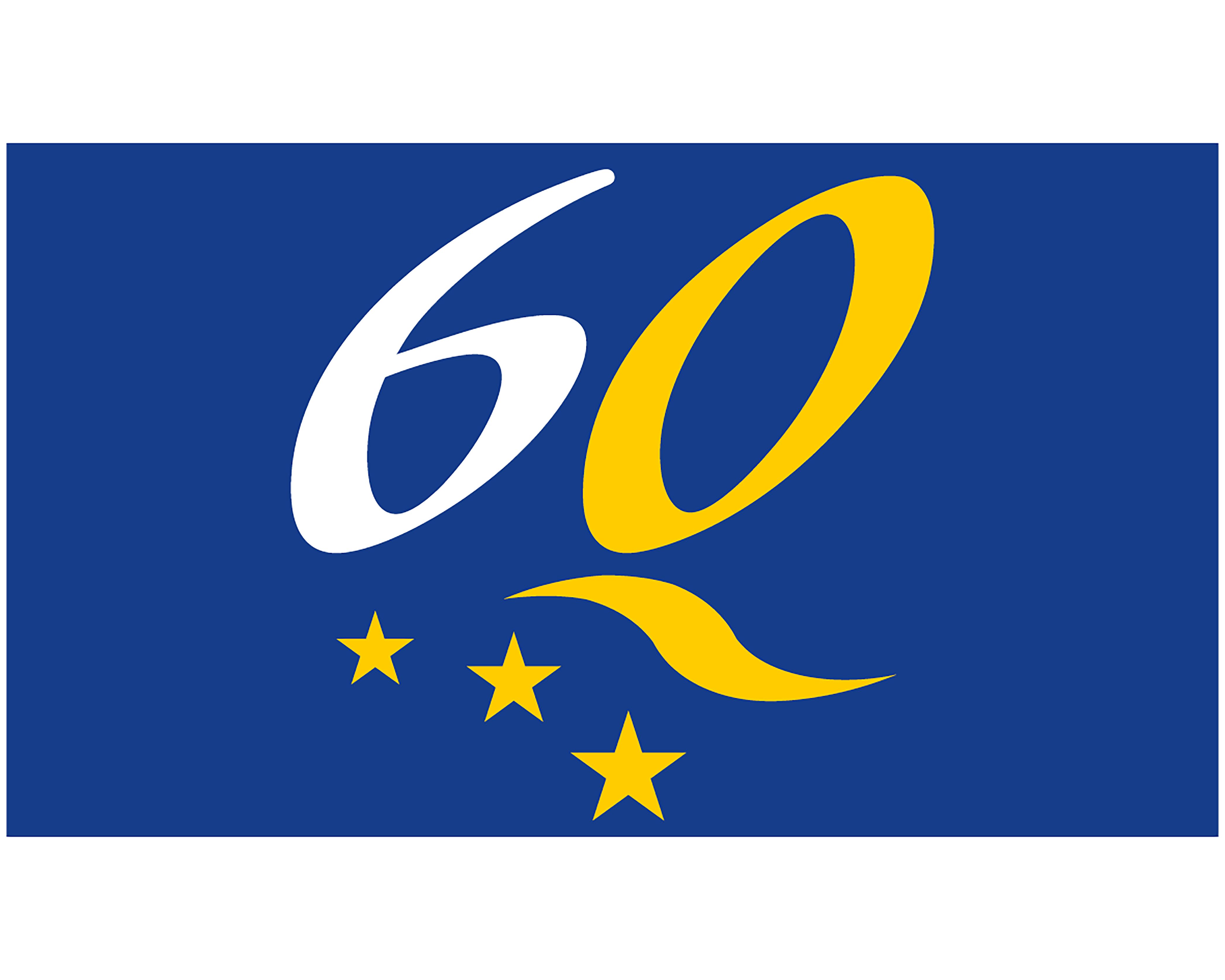The revised limit test for arsenic (Method A, 2.4.2) was published in Supplement 9.4 of the European Pharmacopoeia and entered into force on 1 April 2018.
Upon implementation, the EDQM was made aware of a problem with the suitability test (UV-visible absorbance) of the newly introduced reagent silver diethyldithiocarbamate solution R (1110401), as many laboratories reported difficulties in sourcing a reagent that satisfied the prescribed specifications.
Based on the data gathered and the results of different investigations, specifications described in the suitability of this reagent will be corrected in the 10th Edition of the Ph. Eur. (see detail below), whereas the general chapter on Arsenic (2.4.2) as published in Supplement 9.4 will remain unchanged.
As of 31 August 2019, when the corrected reagent entry for Silver diethyldithiocarbamate solution R (available in chapter 4.1.1 Reagents) becomes applicable, the issue reported above will be resolved. Thus, all related temporary measures that may have been put in place to avoid blocking the release of materials under test (e.g. reversion to the previous version of the Arsenic method) are to be discontinued.
Silver diethyldithiocarbamate solution. 1110401.
Prepare the solution immediately before use. Dissolve 0.100 g of silver diethyldithiocarbamate R in pyridine R and dilute to 20.0 mL with the same solvent.Suitability test. The solution is clear (2.2.1). The absorbance (2.2.25) of the solution is maximum 0.20 0.15 at 450 nm, maximum 0.01 at 510 nm and maximum 0.010 0.005 at 538 nm.
Note: while recent commercial batches available on the market should satisfy the updated limits, our investigations showed that a suitable reagent could be consistently prepared by following the preparation given in silver diethyldithiocarbamate R (1110400). In addition, the powder is more stable if stored cooled at 2-8°C.



